7- Panel 5B
Trade and Foreign Policy
Tony Tai-Ting Liu: Japan’s Economic Diplomacy: challenges and opportunities amidst changing order
Since China replaced Japan as the second largest economy in the world in 2010, observers seemed to have diverted even more attention to China and consider China as a sure leading state in the development of regional integration in the Asia Pacific. The 2011 Tohoku earthquake shook the Japanese economy and severely challenged Japan’s regional status. Thanks to US withdrawal from the TPP, Japan reinvigorated the agreement by initiating the CPTPP, which has become a main scheme for regional economic integration. Besides the CPTPP, Japanese efforts towards economic integration and cooperation is worth noting – while attempting to consolidate and increase regional influence, Japan’s efforts are also aimed at balancing the challenge of China. Noting the context, this paper seeks to the continuation and shift in Japanese foreign policy from the Abe to the Suga administration. This paper proceeds in five parts. Part one discusses the challenges towards Japan raised by changing regional order. Part two reviews the development of Japan’s economic diplomacy in recent years; Part three analyzes the impact of the COVID-19 pandemic; Part four attempts to explain policy changes and continuations from the Abe to the Suga administration. Part five concludes with a consideration for challenges and opportunities for Japanese foreign policy in the near future.
P. Sinclair: Japan’s Tōa Dōbun Shoin in Shanghai (1900–1945) and the American Institute of Foreign Trade (1946–): A Comparative Perspective
Situated in Shanghai from 1900 to 1945, Japan’s Tōa Dōbun Shoin has long interested Japan researchers. However, scholars have generally been most interested in the political history of the institution; most research has been focused on institutional history and how the school was nestled in Japan’s imperialist project in China. Often overlooked is the fact that the Tōa Dōbun Shoin was also a cutting-edge international business school. To make this point, our study compares the Shoin with the American Institute of Foreign Trade established in 1946 (now the Thunderbird School of Global Management), long viewed as a global leader in graduate programs in international business. The presentation highlights some of the striking similarities between the two institutions and notes that the Tōa Dōbun Shoin in many respects anticipated the American program by a full 50 years.
T. Linh Ha: Japan’s approach to the South China Sea dispute: building strategic partnership with Southeast Asia
Territorial disputes in the South China Sea (SCS) have long been one of the most critical and complex security issues between Southeast Asian countries and China. Japan, though not a claimant, has major interests and crucial role to play in the SCS. Scholars argue that China’s assertive maritime behavior has pushed Japan and Southeast Asian countries toward greater security cooperation. This is due to Japan’s heavy reliance on the SCS sea lanes. And Japan is worried that China’s aggressiveness in the South China Sea is strongly linked to its behavior against Japan in the East China Sea. Since Prime Minister Abe Shinzou returned to his office in December 2012, Japan has shown a more proactive approach to the SCS disputes. Why has Japan become more outspoken about this matter and increased its strategic partnerships with Southeast Asian countries under the second Abe leadership (2021-2020)? What kind of role can Japan play in the SCS? This research aims to answer these questions.
H. Nguyen: Defence Capacity Building Between Vietnam and Japan: Confluence of Strategic Interests
Defense capacity building has become a prominent feature in Japan-Vietnam cooperation, focusing on bolstering Vietnam’s capacity in the maritime domain. Capacity building assistance has a long tradition in Japan’s maritime strategy, beginning in the 1960s to ensure maritime safety in the Malacca Strait. It aims to maintain a stable international security environment and assure secure transit of goods along critical sea lanes in the South China Sea. Vietnam also shares these same strategic interests with Japan when it comes to capacity building. Furthermore, this type of assistance aligns with Vietnam’s 4 No defense policy and supports Vietnam in modernizing its military. The long-term prospect for bilateral cooperation in capacity building remains promising despite potential domestic and international constraints.
